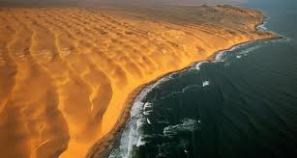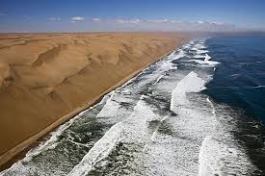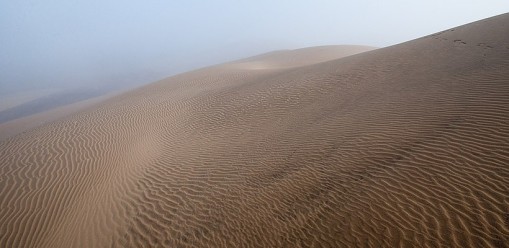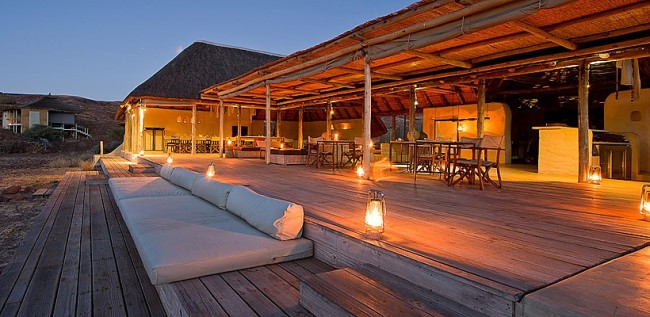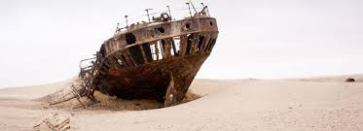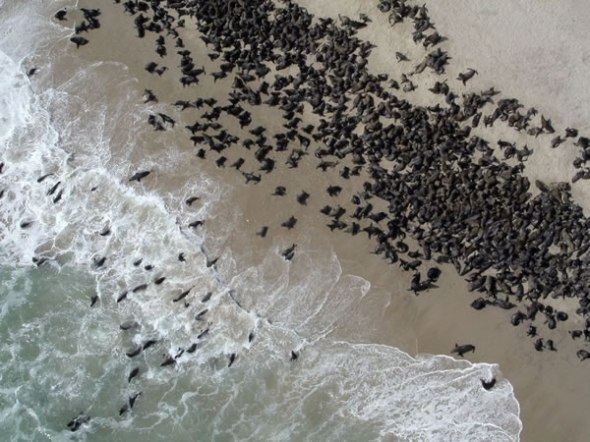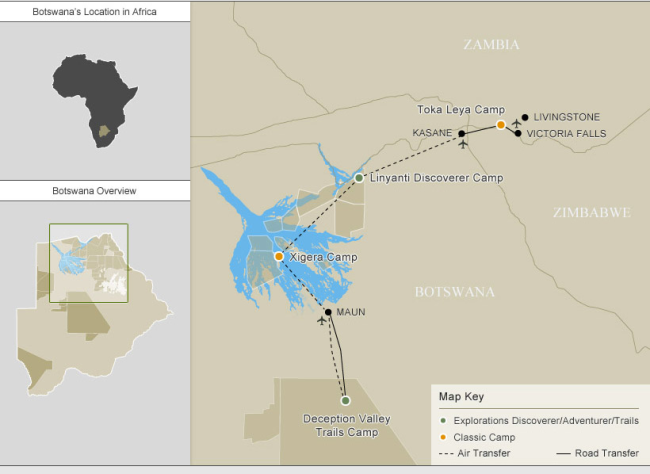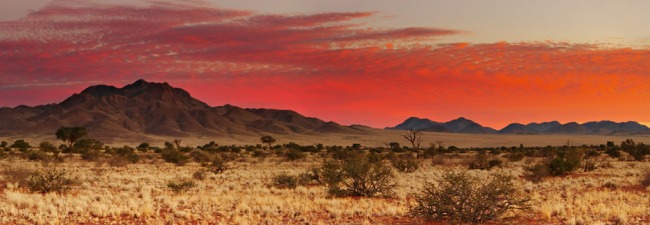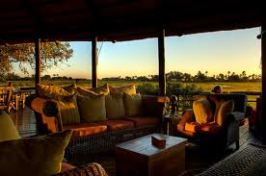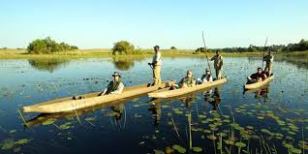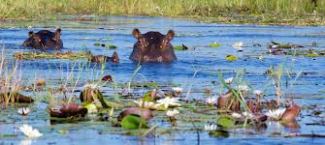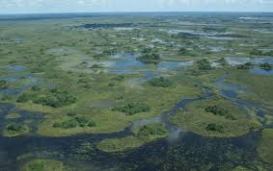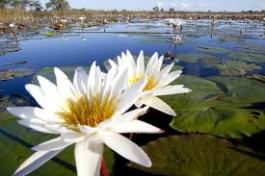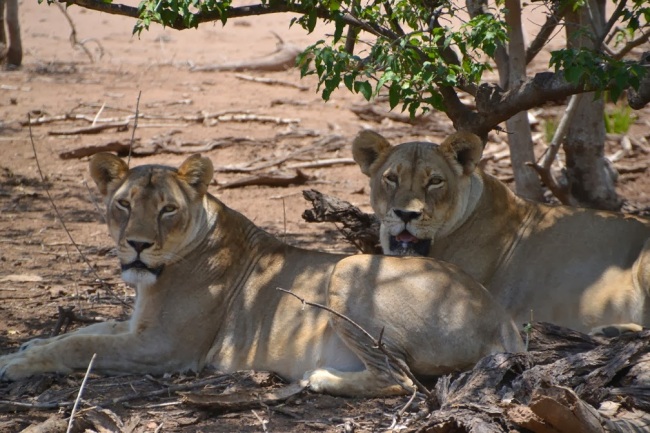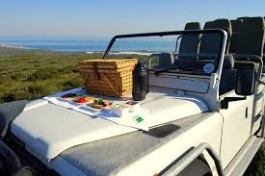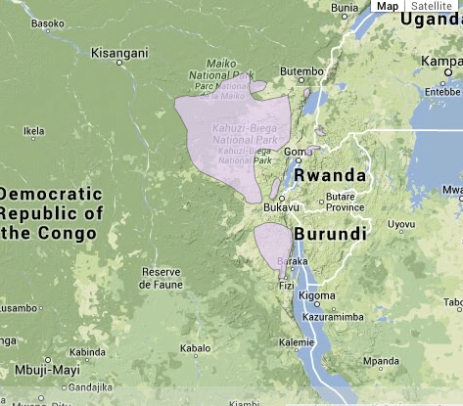This is it friends, the last of the trip! It seems like I have been here for both a lifetime and yet still no time at all! I have learned so much from all the places I have been on this trip and from the amazing people I have met while traveling including the locals. Today we made the second last leg of our journey to get to our last destination! Can you guess where were heading to last? No? Even if you can, I’ll tell you anyway! We are now in the Namib Desert, more specifically the skeleton coast in Namibia which is in the south of Africa.
In order to get where we were going we drove from Botswana just over the Namibia boarder and then we climbed into a super tiny bush plane that only carried up to four people including the pilot. Needless to say that the ride was not the smoothest plane ride I’ve ever taken and I wondered if my breakfast would stay down at some point because of the turbulence. However if I had to do it all over again, there would be no question in my mind that I would! The views that we saw from the windows of the plane were unlike anything I had ever seen before! Not only were there san dunes that I had only imagined actually existed in Disney movies, but it clashed directly with the ocean! The drastic change from desert to ocean was absolutely unbelievable (Take a look for yourselves below).
As we flew over this crazy landscape, our guide in the plane explained to us that the desert was an extremely dry place and gets next to no rain year round. The only moisture it really gets is from the fog that rolls in off of the ocean. Though deserts are hot, at night the deserts get pretty chilly and when the warmer seawater moisture meets the cold temperatures that the desert has at night, it condenses the moisture from the ocean and creates a massive cloud of fog.
The moisture that comes off of the ocean is enough to sustain the wildlife that live in the area but that’s about it (I’ll tell you all about the wildlife in just a little bit!)! After the flight and taking in all the wonder we landed and took a short drive to our camp
(The main foyer)
The camp we stayed at had the most incredible view of massive sand dunes that could easily be mistaken for mountains instead of sand dunes because they are so massive and extend so high and far. We stayed at the camp for the afternoon and lunch and dinner were both provided because we are in such a remote location.
The next day we set out to explore the sand dunes and see some of the ships that had crashed along the shore! The amount of sand that I had to dump out of my shoes at the end of the day was way too much, and just when I thought I’d gotten it all, of course somehow there was always more to pour out! We found out on our hike that the skeleton coast has been named so because the waters and the shore are so treacherous that they have caused many ships to crash over the years. The beached ships have become dilapidated and have begun to fall apart leaving nothing but their skeleton, thus giving the coast its name.
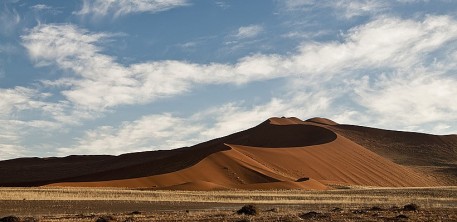 One of the dunes we tried to climb
One of the dunes we tried to climb
After a long hot day of hiking and getting covered in sand, we traveled back to the camp and rested until dinner, which was the most delicious vegetarian meal I’ve ever had, it was so flavorful and amazing. After putting myself into a food coma, I’ve just poured into bed waiting for more adventures tomorrow.
Today we went going to see some of the local tribes that live slightly inland from the coast near Etosha Park. On our way there we saw not as much wild life as I’d hoped to see, but our guide explained that it was due to the time of day we were traveling. Later on in the evening on our way back we would see more. However I did see a couple of desert elephants and on our way back we saw lots of birds and even an entire pride of desert lions! I didn’t know that there was a difference between the kinds of elephants and lions that we saw here and the ones we saw back on the savannah, and though our guide explained the difference, I can’t quite remember what it is (sorry guys, guess you’ll have to Google it).
The wildlife was incredible to see and even more incredible with the setting sun. The most interesting piece of information I picked up on our trip today was definitely that the conservation areas that are the skeleton coast and the surrounding protected areas (the land and the conservation areas themselves) are all owned by the local communities! I thought this was great because the communities then have control over the hunting and other rules of the land. Their protection of the land is a great way to encourage tourists to come to the area for two reasons. The first reason it encourages tourists is because the protected land ensures only sustenance hunting for the tribes therefore ensuring copious amounts of wildlife for tourists to see. The second reason it encourages tourists is because they are providing wealth to the local communities through fees and taxes that the camps have to pay to use the land. As well as local employees at the camp so that the community can benefit even more. There is a trade between the camps and the local communities that allows for tourists to come in and the communities get money and jobs and in return the community members agree not to poach to be able to sustain this business of money coming in and them preserving the land.
The Skeleton coast is like nothing I have ever seen before. The way the ocean meets the desert is comparable to nothing I’v seen or heard of before but tomorrow we fly back over the skeleton coast to get back to a bus that will take us to the airport. This is our flight home unfortunately, and I am so sad to leave. Our guide said that if were lucky that we will get too see a colony of seals! This trip has been the most eye opening and best experience I have ever had! There are so many places in Africa that are so geographically unique and I could never see at home. This trip has been a memory for the ages, I can only hope that I will be able to take my kids on a trip like this one day and that I can show them the wonder and splendor the world has to offer!
Update: we did end up seeing a colony of seals on our way back!! Take a look, so many of them!
Remember that the world is bigger than your backyard and has so much to offer. Go out and experience different cultures and environments, you will never regret it.
References
http://www.wilderness-safaris.com/countries/namibia
Brian Troy- owner of Leopard Adventures

